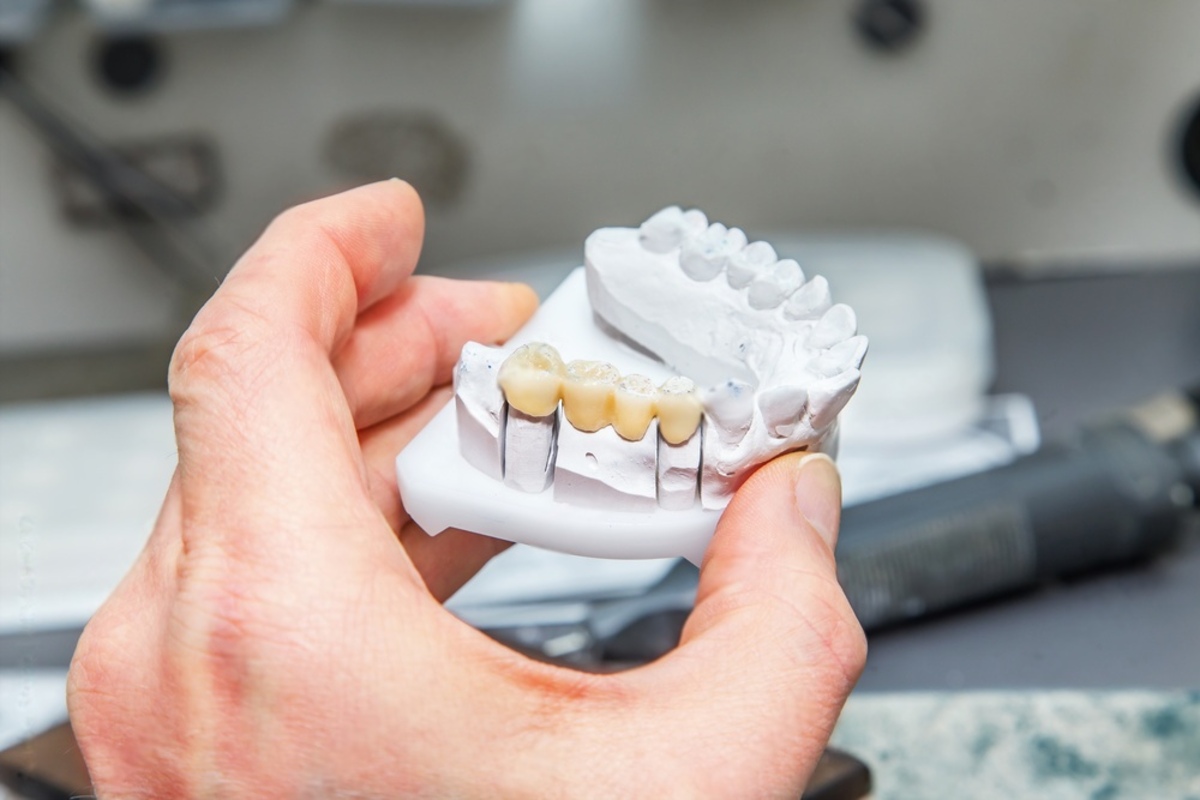Crowns and bridges are common dental tools used to restore the health, strength, and look of your teeth. If you have damaged or missing teeth, your dentist may suggest one of these options. Both can improve how your mouth works and how your smile looks. Let’s look at what crowns and bridges are and what dental problems they can help fix.
What Is a Dental Crown?
A dental crown, often called a “cap,” is a tooth-shaped cover placed over a damaged tooth. If you’re considering this treatment, a visit to a dental office can help determine the best type of crown for your needs. It helps protect the tooth, restores its shape, and makes it stronger. Crowns are also used with dental implants to replace missing teeth.
They come in different materials like porcelain, resin, metal, or gold. Your dentist will choose the right one based on your needs, how strong the crown needs to be, and how you want it to look.
What Is a Dental Bridge?
A dental bridge replaces one or more missing teeth. It fills the space between healthy teeth. A bridge usually includes one or more false teeth held in place by crowns on the teeth next to the gap or attached to dental implants.
Like crowns, bridges come in different materials. The best option depends on how many teeth are missing, your budget, and what your dentist thinks will work best for you.
Dental Issues That Crowns and Bridges Can Help With
Large Cavities or Weak Fillings
If you have a deep cavity or a large filling, your tooth may become weak and easy to break. In such cases, simply refilling it won’t last. A crown provides teeth with strength and durability.
Broken, Cracked, or Chipped Teeth
Crowns are one of the best ways to fix teeth that are badly chipped or cracked. If the damage is too serious for fillings or veneers, a crown can protect the tooth from further harm and stop infection from starting.
Worn-Down Enamel
Too much brushing or eating too many acidic foods can erode enamel, the outer layer of your teeth. This can cause sensitivity and yellowing. Crowns or bridges can cover and protect the damaged teeth and restore their look.
Gaps or Misaligned Teeth
Missing teeth or gaps between them can change the shape of your face and affect how your teeth line up. This can lead to problems like worn enamel, gum disease, and bite issues. Crowns and bridges can fill those gaps, improve alignment, and bring back a balanced, natural smile.
Difficulty Chewing or Weak Teeth
If you have trouble chewing because of missing or weak teeth, crowns and bridges can help. They restore your bite, make chewing easier, and spread the pressure evenly across your teeth, preventing damage to other teeth.
Conclusion
Dental crowns and bridges do more than just improve your smile—they also restore function and protect your oral health. Whether it’s fixing a broken tooth, covering a gap, or making chewing easier, your dentist may suggest these solutions to help keep your mouth healthy and strong.

